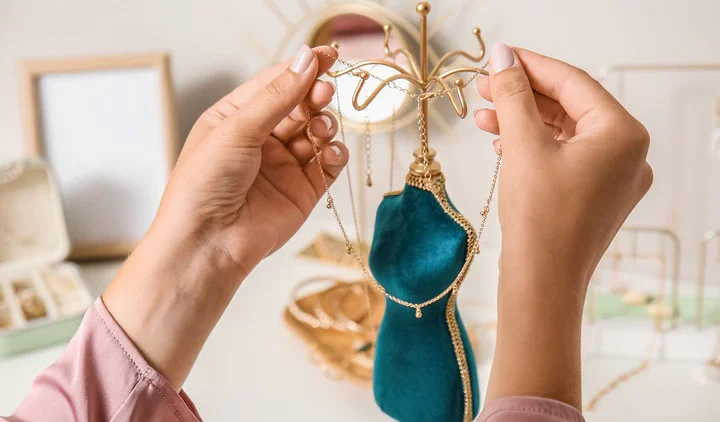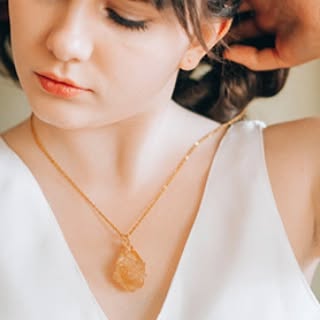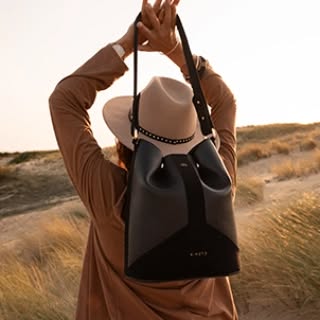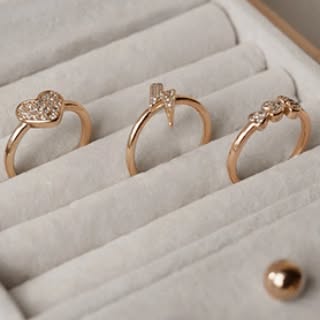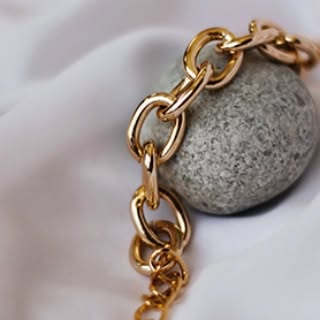Ornaments have been an intrinsic part of human culture for centuries, transcending time, geography, and tradition. From ancient civilizations to modern-day fashion trends, these beautiful adornments have served as powerful symbols of wealth, status, love, spirituality, and personal expression. The allure of ornaments lies not just in their physical beauty but also in the deep emotional connections and cultural meanings they carry. Whether worn as jewelry, displayed as decorative items, or used to adorn our surroundings, ornaments hold a unique place in human life, adding a touch of elegance and individuality to every occasion.
A Connection to Culture and Tradition
Throughout history, ornaments have been an important part of cultural practices. In many ancient societies, they were not only symbols of status and wealth but also carried spiritual or religious significance. In Egypt, for instance, jewelry was thought to provide protection in the afterlife, with elaborate amulets and necklaces made of gold and gemstones. Similarly, in India, intricate bangles and earrings are worn as part of rituals that signify wealth, prosperity, and marital status.
For centuries, various cultures across the globe have used ornaments to express their identity and heritage. Each culture’s unique design language, materials, and craftsmanship contribute to the fascinating diversity we see in ornaments today. Be it the bold, geometric designs of African jewelry, the delicate filigree work of European artisans, or the intricate embroidery found in Middle Eastern textiles, ornaments tell stories of heritage, artistry, and pride.
The Art of Craftsmanship
What makes ornaments so alluring is the artistry behind them. The craftsmanship involved in creating an ornament can range from intricate metalwork, gemstone cutting, and engraving to weaving and embroidery. Every piece reflects hours of skilled labor and deep artistic knowledge passed down through generations. Whether it’s a meticulously crafted gold necklace, an ornate brooch, or a bejeweled crown, the details are often what make these pieces stand out.
In high-end jewelry, for example, the skill required to cut a diamond to perfection, the painstaking setting of gemstones, and the precision in crafting the metal band demonstrate an exceptional level of craftsmanship. The materials used—precious metals like gold, platinum, and silver, or rare gemstones such as diamonds, emeralds, and sapphires—further enhance the ornament’s value and allure.
Emotional Significance
Beyond their aesthetic appeal, ornaments often carry deep emotional significance. A wedding ring, for instance, is not just a piece of jewelry; it is a symbol of love, commitment, and union. Similarly, a family heirloom passed down through generations becomes a repository of memories and stories, a tangible connection to past generations.
Ornaments can also be gifts that mark special milestones—birthdays, anniversaries, achievements, or personal celebrations. The act of gifting an ornament becomes a deeply personal expression of affection, admiration, and care. The recipient, in turn, cherishes the ornament not only for its beauty but for the sentimental value it holds.
Expression of Individuality and Style
In the world of fashion, ornaments are a means of expressing one’s personal style and identity. A carefully chosen piece of jewelry or a unique decorative ornament can serve as a statement, showcasing one’s tastes, preferences, and individuality. From minimalist pieces that exude subtle sophistication to bold, statement-making accessories that demand attention, ornaments allow people to express themselves without uttering a word.
Modern jewelry trends reflect a wide array of styles—some people prefer sleek, contemporary pieces, while others gravitate toward vintage, antique designs. The choice of material, color, shape, and even the way a piece is worn can all tell a story about who we are and how we wish to be perceived by the world. Ornaments, therefore, transcend their purely functional role, becoming an essential part of how we communicate and present ourselves.
The Symbolism of Beauty and Luxury
Ornaments are also associated with luxury and beauty, making them coveted symbols of success and prosperity. The gleam of gold, the sparkle of diamonds, and the vivid hues of precious gemstones are universally associated with wealth and power. Throughout history, royalty and aristocrats have adorned themselves with the most exquisite ornaments as a display of their elite status.
Luxury ornaments not only enhance the beauty of the wearer but also signify the wearer’s position in society. In modern times, high-end jewelry, like that of brands such as Cartier, Tiffany & Co., and Van Cleef & Arpels, continues to be a symbol of opulence and sophistication. These pieces are often more than mere adornments; they are investments, coveted by collectors and connoisseurs alike.
The Role of Ornaments in Celebrations
One of the most significant roles of ornaments is their involvement in celebrations and special occasions. From weddings and engagements to festivals and cultural ceremonies, ornaments are often central to rituals and traditions. In many cultures, the act of adorning oneself with jewelry or decorative pieces is an essential part of the celebration.
For example, in Indian weddings, gold and diamond jewelry are not only beautiful but also considered auspicious, symbolizing prosperity and happiness for the newlywed couple. In Western cultures, engagement rings are cherished as symbols of love and commitment. Ornaments are woven into the fabric of celebrations, making these occasions even more memorable and meaningful.
The Timeless Allure of Ornaments
Despite the ever-changing trends in fashion and design, the allure of ornaments remains timeless. Whether it’s a vintage heirloom, a modern statement piece, or a simple, elegant accessory, ornaments hold a special place in our hearts and in our lives. They connect us to our past, enhance our present, and become treasured mementos for the future.
As the world continues to evolve, the artistry and significance of ornaments will undoubtedly persist, adapting to contemporary tastes while preserving the timeless qualities that make them so alluring. From the humble to the extravagant, ornaments will always remain a symbol of beauty, personal expression, and the richness of human culture.
Conclusion
Ornaments are not just decorative pieces; they are expressions of identity, culture, and emotion. Their beauty lies in their ability to transform the ordinary into the extraordinary, to tell stories of love, history, and heritage, and to showcase the exquisite craftsmanship of artisans. Whether it’s the subtle elegance of a piece of jewelry or the vibrant beauty of a cultural artifact, the allure of ornaments is something that transcends time, connecting us to the essence of what it means to be human.


